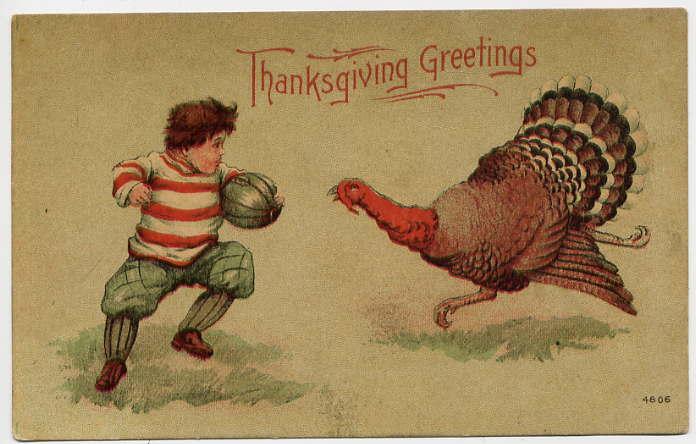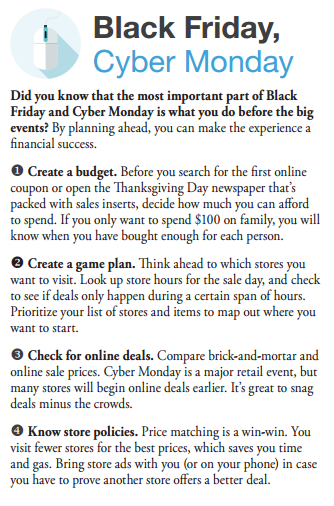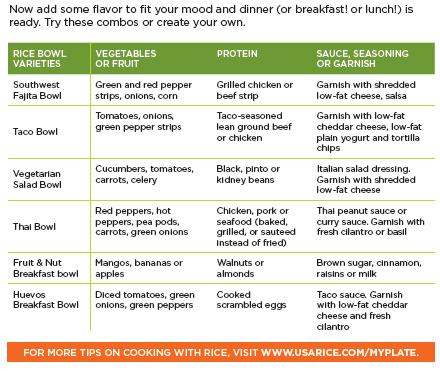Here are four simple techniques for managing stress:
- Positive Self-Talk
Self-talk is one way to deal with stress. We all talk to ourselves; sometimes we talk out loud but usually we keep self-talk in our heads. Self-talk can be positive (“I can do this” or “Things will work out”) or negative (“I’ll never get well” or “I’m so stupid”).
Negative self-talk increases stress. Positive self-talk helps you calm down and control stress. With practice, you can learn to turn negative thoughts into positive ones.For example:Negative Positive “I can’t do this.” “I’ll do the best I can.” “Everything is going wrong.” “I can handle things if I take one step at a time.” “I hate it when this happens.” “I know how to deal with this; I’ve done it before.” To help you feel better, practice positive self-talk every day — in the car, at your desk, before you go to bed or whenever you notice negative thoughts.
Having trouble getting started? Try positive statements such as these:- “I’ve got this.”
- “I can get help if I need it.”
- “We can work it out.”
- “I won’t let this problem get me down.”
- “Things could be worse.”
- “I’m human, and we all make mistakes.”
- “Some day I’ll laugh about this.”
- “I can deal with this situation.”Remember: Positive self-talk helps you relieve stress and deal with the situations that cause you stress.
- Emergency Stress Stoppers
There are many stressful situations — at work, at home, on the road and in public places. We may feel stress because of poor communication, too much work and everyday hassles like standing in line. Emergency stress stoppers help you deal with stress on the spot.Try these emergency stress stoppers. You may need different stress stoppers for different situations and sometimes it helps to combine them.- Count to 10 before you speak.
- Take three to five deep breaths.
- Walk away from the stressful situation, and say you’ll handle it later.
- Go for a walk.
- Don’t be afraid to say “I’m sorry” if you make a mistake.
- Set your watch five to 10 minutes ahead to avoid the stress of being late.
- Break down big problems into smaller parts. For example, answer one letter or phone call per day, instead of dealing with everything at once.
- Drive in the slow lane or avoid busy roads to help you stay calm while driving.
- Smell a rose, hug a loved one or smile at your neighbor.
- Consider meditation or prayer to break the negative cycle.
- Finding Pleasure
When stress makes you feel bad, do something that makes you feel good. Doing things you enjoy is a natural way to fight off stress.You don’t have to do a lot to find pleasure. Even if you’re ill or down, you can find pleasure in simple things such as going for a drive, chatting with a friend or reading a good book.Try to do at least one thing every day that you enjoy, even if you only do it for 15 minutes.Such as:- Start an art project (oil paint, sketch, create a scrap book or finger paint with grandchildren).
- Take up a hobby, new or old.
- Read a favorite book, short story, magazine or newspaper.
- Have coffee or a meal with friends.
- Play golf, tennis, ping-pong or bowl.
- Sew, knit or crochet.
- Listen to music during or after you practice relaxation.
- Take a nature walk — listen to the birds, identify trees and flowers.
- Make a list of everything you still want to do in life.
- Watch an old movie on TV or rent a video.
- Take a class at your local college.
- Play cards or board games with family and friends.
- Daily Relaxation
Relaxation is more than sitting in your favorite chair watching TV. To relieve stress, relaxation should calm the tension in your mind and body. Some good forms of relaxation are yoga, tai chi (a series of slow, graceful movements) and meditation.Like most skills, relaxation takes practice. Many people join a class to learn and practice relaxation skills.Deep breathing is a form of relaxation you can learn and practice at home using the following steps. It’s a good skill to practice as you start or end your day. With daily practice, you will soon be able to use this skill whenever you feel stress.- Sit in a comfortable position with your feet on the floor and your hands in your lap or lie down. Close your eyes.
- Picture yourself in a peaceful place. Perhaps you’re lying on the beach, walking in the mountains or floating in the clouds. Hold this scene in your mind.
- Inhale and exhale. Focus on breathing slowly and deeply.
- Continue to breathe slowly for 10 minutes or more.
- Try to take at least five to 10 minutes every day for deep breathing or another form of relaxation.




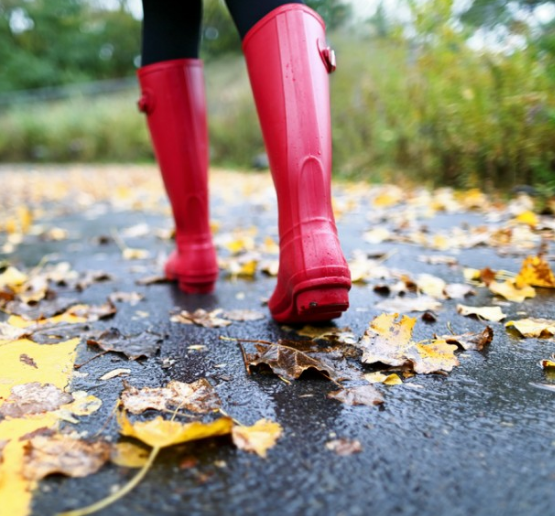


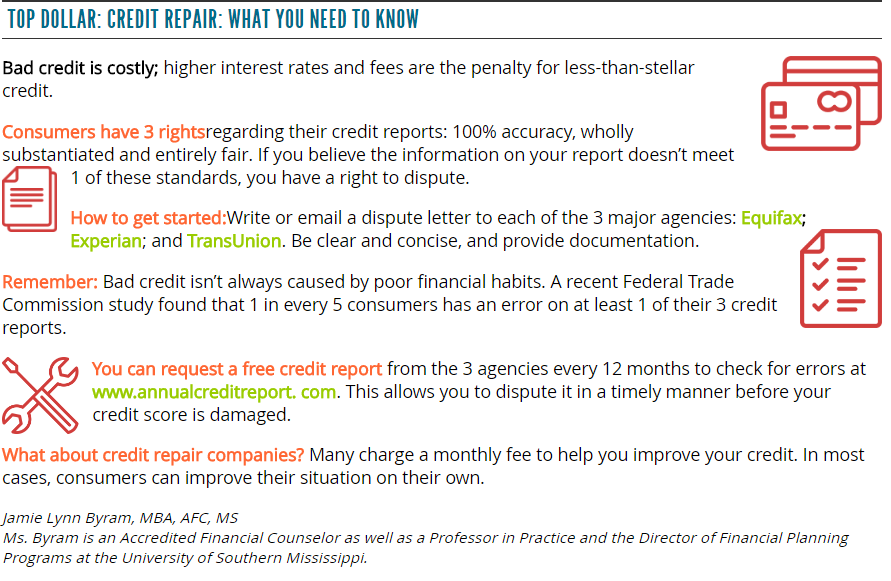
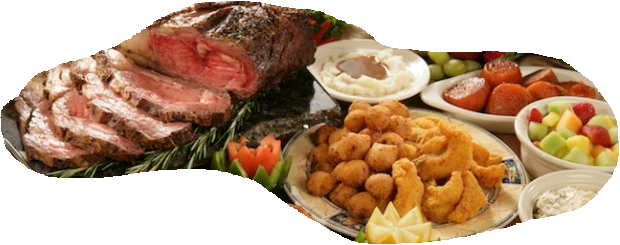 Turn away from the buffet. Move as far away from the buffet as you can. One study on buffet eating behaviors observed that diners with higher BMIs were more likely to sit facing the buffet, use larger plates, and pile the food on before seeing all the dish options. You might want to grab a napkin, too. Diners with lower BMIs placed napkins in their laps, used smaller plates, chewed their food more per bite, perused the offerings prior to serving, and did not sit near or face the buffet (3).
Turn away from the buffet. Move as far away from the buffet as you can. One study on buffet eating behaviors observed that diners with higher BMIs were more likely to sit facing the buffet, use larger plates, and pile the food on before seeing all the dish options. You might want to grab a napkin, too. Diners with lower BMIs placed napkins in their laps, used smaller plates, chewed their food more per bite, perused the offerings prior to serving, and did not sit near or face the buffet (3).